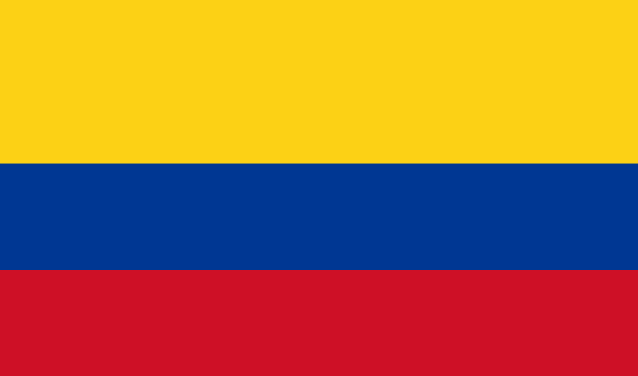Home>"Nothing is agreed until everything is agreed"

30.09.2016
"Nothing is agreed until everything is agreed"
On 21 September 2016 at Sciences Po, Gonzalo Restrepo López, a member of the Colombian government's negotiating team in the Havana peace process, gave an optimistic and humble speech to a welcoming student audience. He shared a message of hope for peace in his country, in light of the decisive plebiscite that will be held in Colombia on October 2nd to ratify the agreement.
This event was co-organised by the Sciences Po Paris School of International Affairs and the Political Observatory of Latin America and the Caribbean (OPALC).
Defining an agenda: a six-point negotiation plan
After several unsuccessful attempts to reach an agreement between the government and the Colombian guerrilla FARC (Fuerzas Armadas Revolucionarias de Colombia), the current government finally managed to get both sides to sit at the negotiation table and put an end to more than fifty years of conflict. The reason for this success, according to Restrepo, is the design of a clear, jointly agreed negotiation plan. In addition to a well-defined agenda, cooperation between the two parties was crucial. As Restrepo said, "when you make peace, the enemy must really reintegrate into society; they must not be left with the feeling that they have failed, to ensure they won’t try to find a way to take revenge. As a businessman, I say negotiation is negotiation; once you sit at the table, you need to build up a programme together with them, not impose your own ideas".
For five years, the Colombian government and the guerrilla worked under the auspices of Norway, Venezuela, Cuba and Chile on a six-point agenda: comprehensive rural development in Colombia, political participation of the guerrilla movement, the practical aspects of the end of the conflict, the fight against the long-standing drug problem, victims and the transitional justice system, and the implementation and verification of the final agreement, including by popular vote.
Reducing the gap between the "two Colombias": the basis for a successful transition
"People aged 40 or 50 have never been able to travel to rural areas and half of Colombia is now abandoned." Today, 70 percent of Colombians live in cities, whereas 70 percent of Colombian territory is rural land. The irruption of violence in the Colombian countryside was the result of a disconnection between the ruling urban elite and the largely poor rural populations. Influenced by the leftist ideology of the 1960s, the FARC was formed in 1964 in response to problems of unequal land ownership and lack of property titles, repression, violence and a lack of political participation. According to Gonzalo Restrepo, a crucial step to secure a lasting peace in Colombia is to undertake cadastral reform for rural development. The government and the guerrilla agreed on 16 priority zones that will benefit from food security and nutrition programmes.
A message of hope and reconciliation
After Mr Restrepo’s presentation of the points of the agreement and an insight into his experience, students exchanged with the speaker on a large range of themes related to the peace process. Although there is no "miracle solution" for the many problems, Gonzalo Restrepo delivered a message of hope to the younger generation in Colombia, which he urged to work for peace, taking inspiration from their own experiences and from other countries such as France. He said, "the devil is in the details; we will have to implement the peace agreement skillfully".
Related links
Learn more about the Sciences Po Paris School of International Affairs